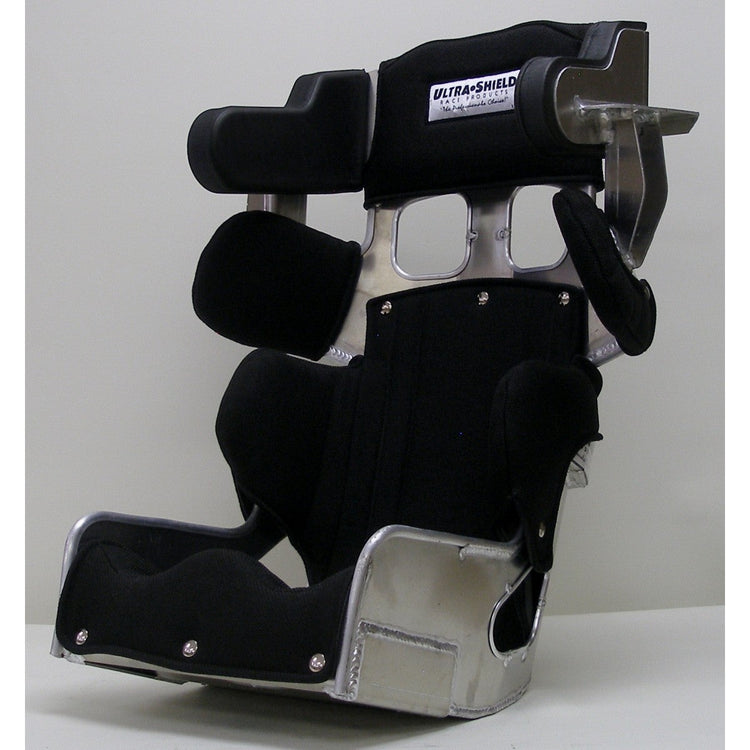In motorsport, a race car setup, or vehicle setup, involves optimizing a car's performance, handling, and reliability for specific conditions by adjusting various components like suspension, tires, and aerodynamics.
Here's a breakdown of key aspects:
1. Key Components & Adjustments:
Suspension:
Springs: Affect ride height, handling, and bump absorption.
Shock Absorbers (Dampers): Control the movement of the suspension, influencing ride comfort and stability.
Anti-Roll Bars: Reduce body roll during cornering, improving handling.
Tires:
Tyre Pressure: Affects grip and handling.
Tyre Type: Different compounds are suited for various conditions and tracks.
Aerodynamics:
Wings: Generate downforce, improving grip and stability at high speeds.
Bodywork: Designed to optimize airflow and reduce drag.
Other Adjustments:
Gear Ratios: Affect acceleration and top speed.
Differential: Controls power distribution to the wheels.
Wheel Toe and Camber: Influence handling and tire wear.
Brake Bias: Adjusts braking power distribution between front and rear.
Steering Lock: Controls the amount of steering angle.
Ride Height: Affects ground clearance and handling.
2. Purpose of Setup:
Optimize Performance:
The goal is to find the best balance for a specific track and conditions, not just to maximize engine power.
Improve Handling:
A well-set-up car will handle predictably and allow the driver to extract maximum performance.
Enhance Reliability:
A good setup can reduce stress on components, leading to greater reliability.
3. Factors Influencing Setup:
Track Characteristics: Curves, corners, and surface conditions all influence the ideal setup.
Weather Conditions: Temperature and grip levels affect tire performance and handling.
Driver Preference: Some drivers prefer a more stable or more agile car.
Tyre Life: A setup that optimizes tire performance can also extend tire life.

Helmets
Tear-offs
TRF Performance Parts
Window Nets
Race Harness
FULL BORE race gear
Driver Safety
Seats and Components
AMCA Parts and Accessories
Building Products
GM Crate Engines/Parts
Engine/Fasteners
Distributors/Ignition
Fuel/Exhaust
Gauges/Fittings
Go Kart gear.
Lubricants/Cooling
Pit/Tools
Rear Ends/Brakes
Seats and Components
Shocks/Springs
Suspension/Steering
Transmissions/Clutches
Wheels/Tyres
American Racer Tyres
Boat Racing
T-Shirts/Fan Gear/Play Suits
Custom Gear
E-GIFT CARDS
Garage Sale
Industrial Work wear
Industrial Solutions
Joes Race Products
